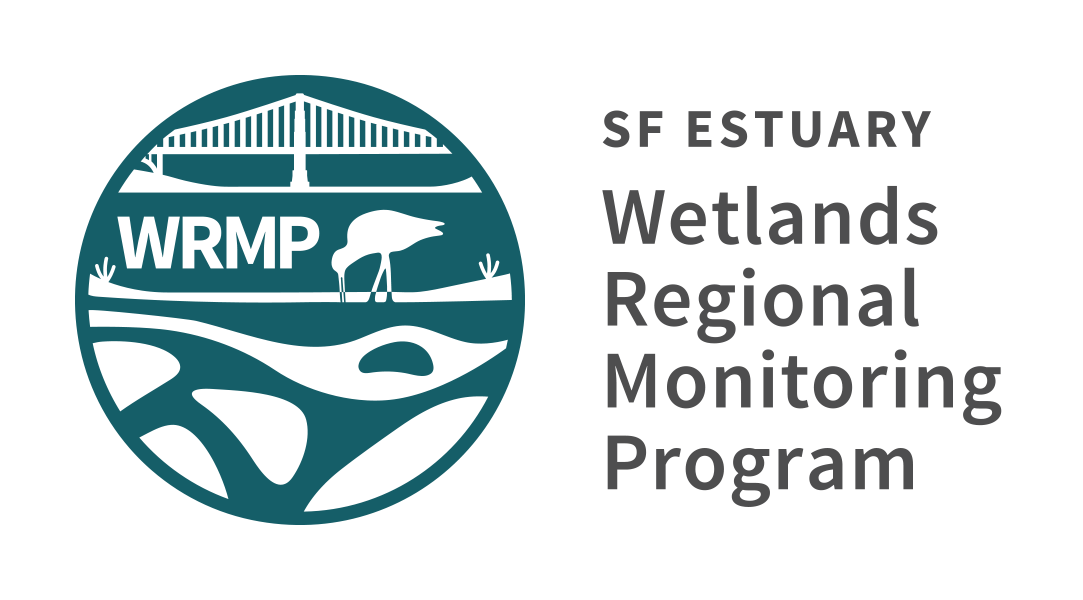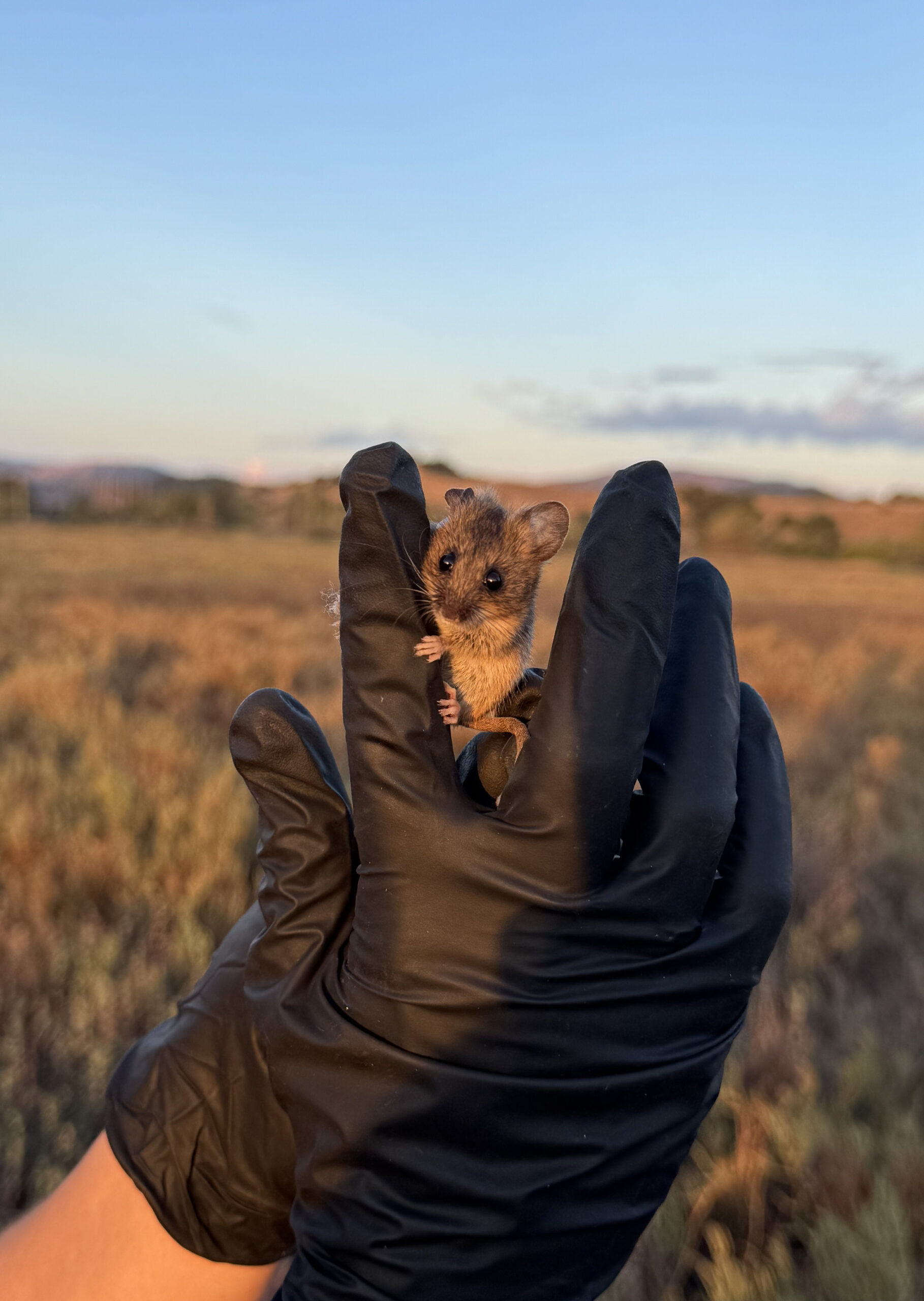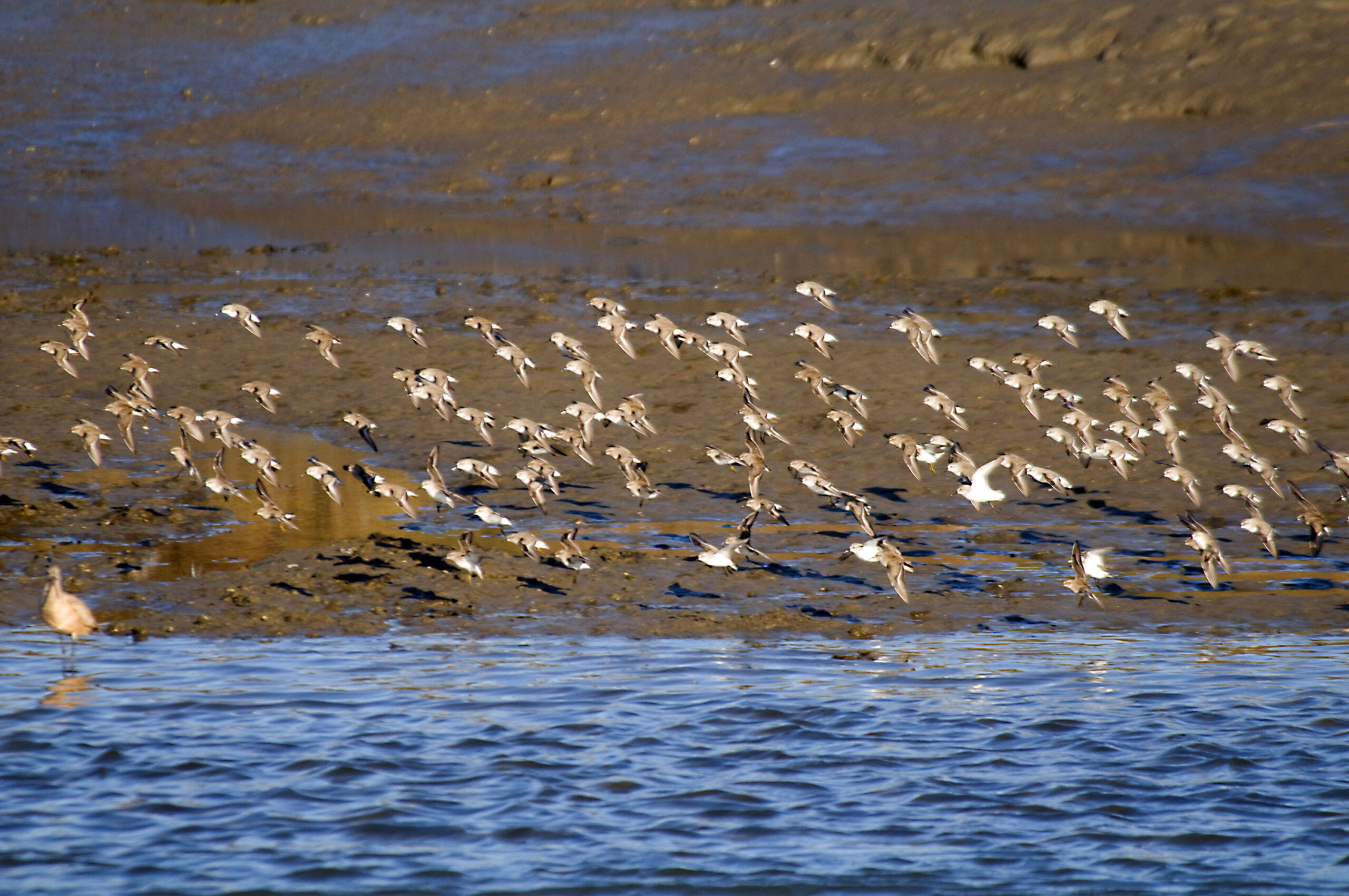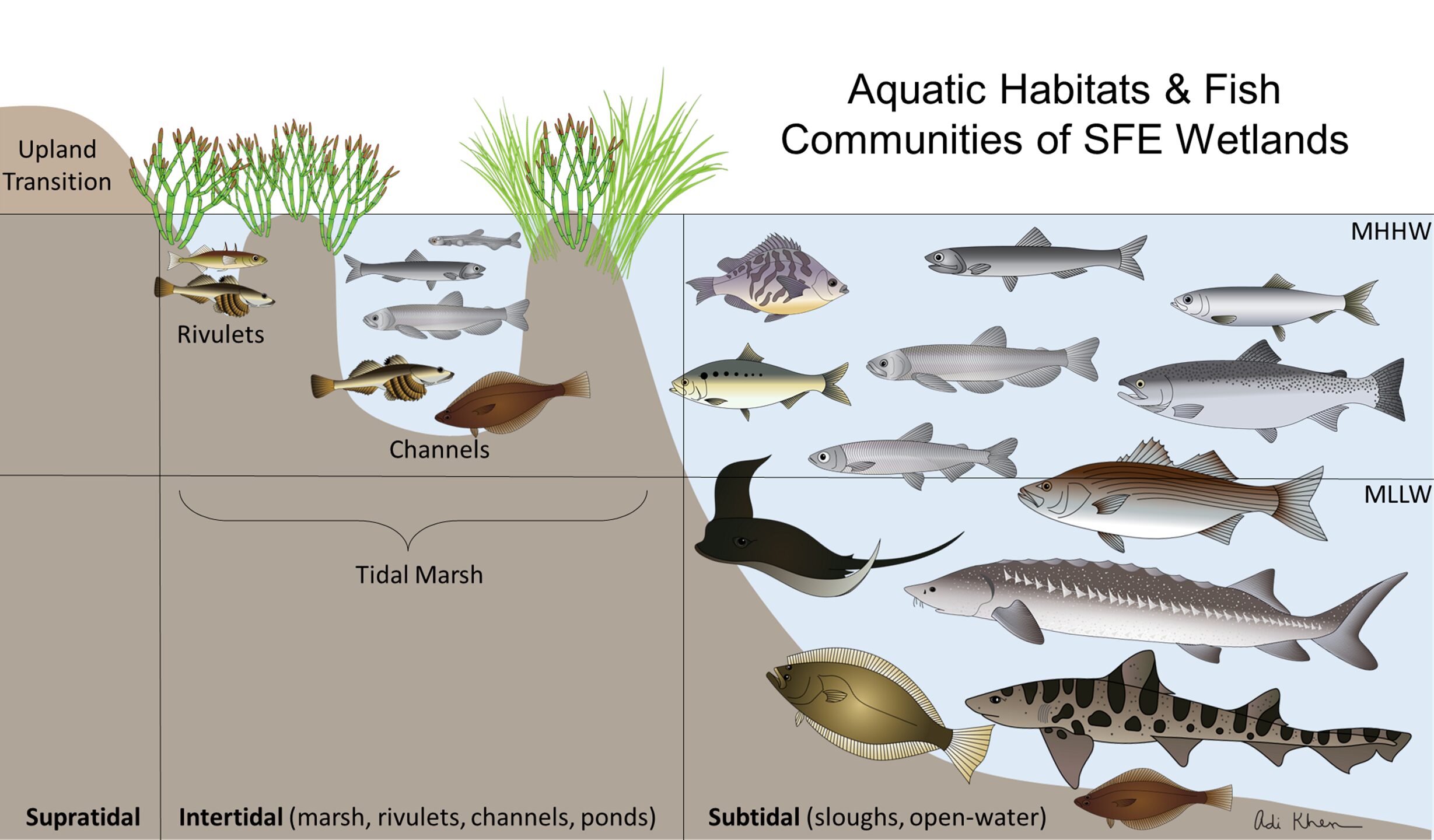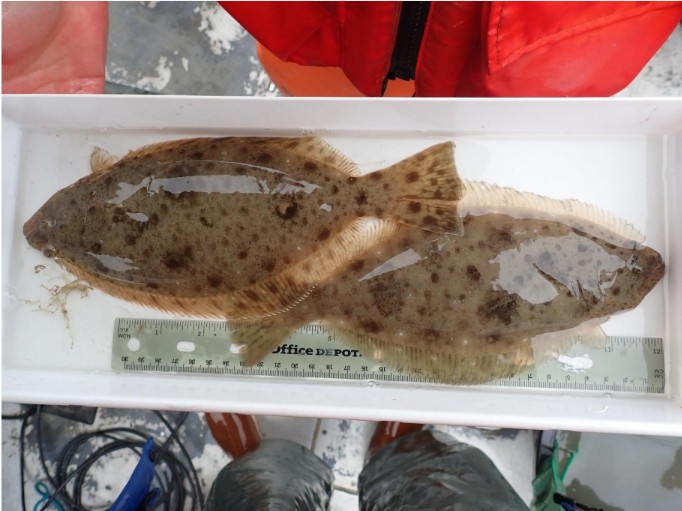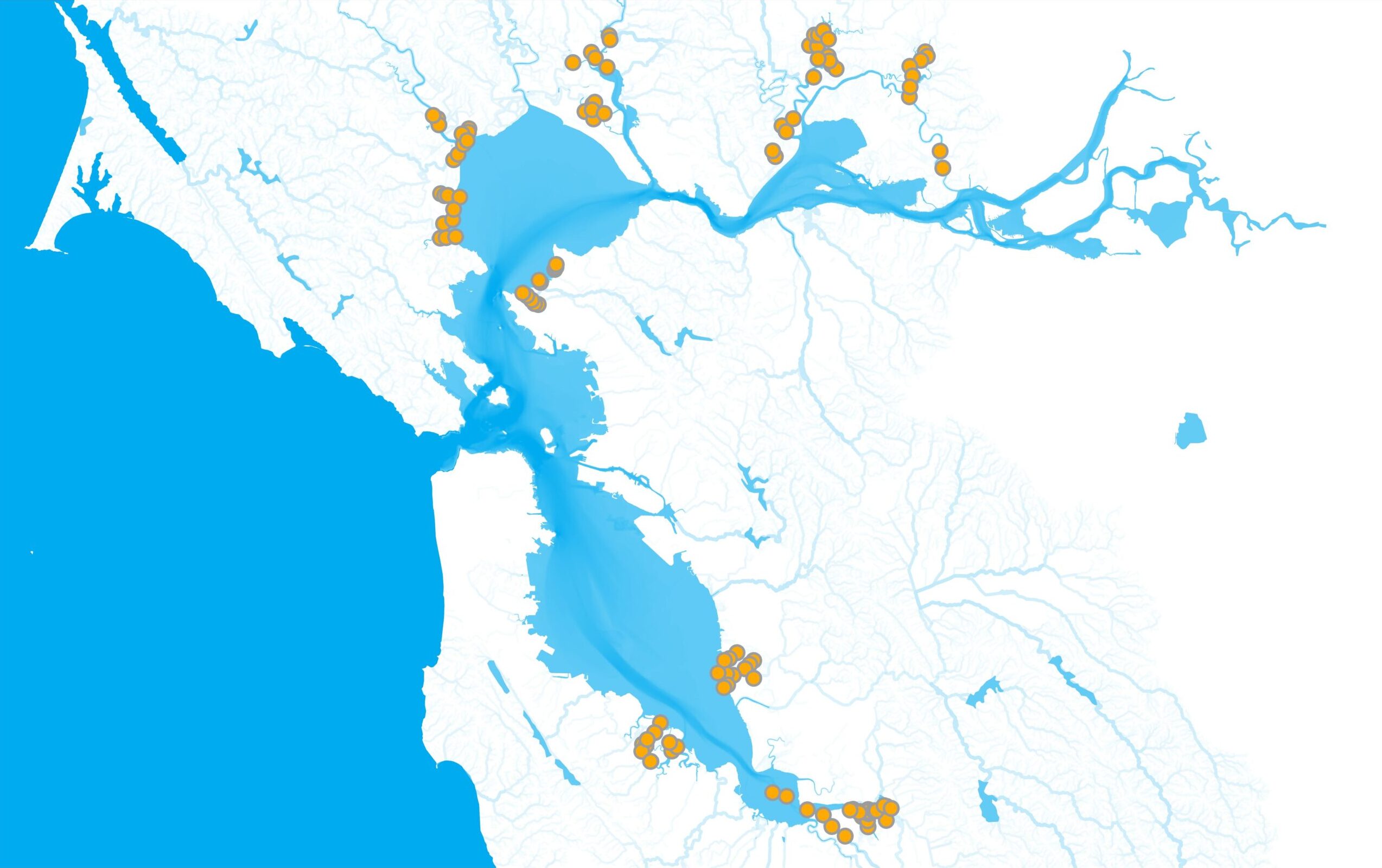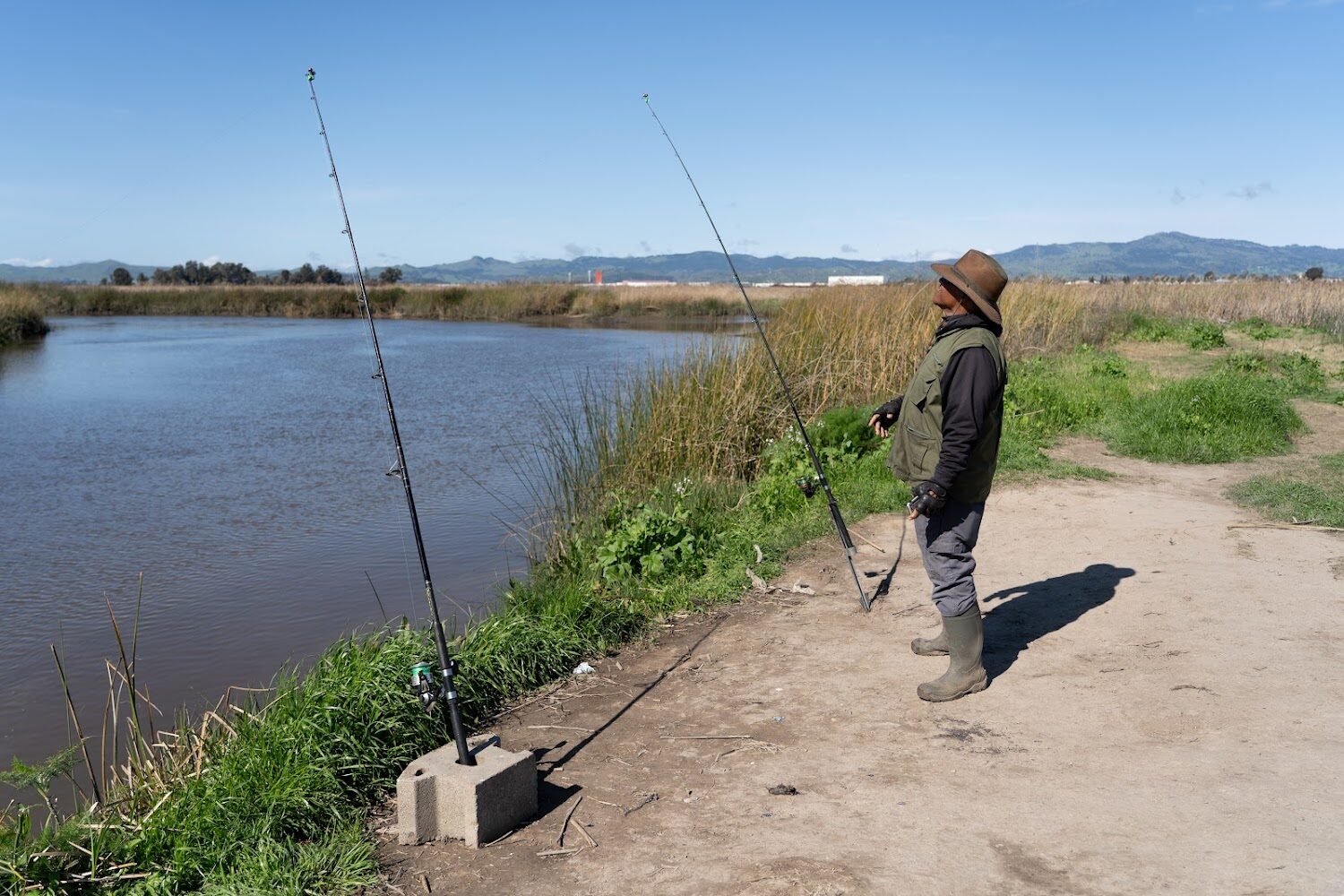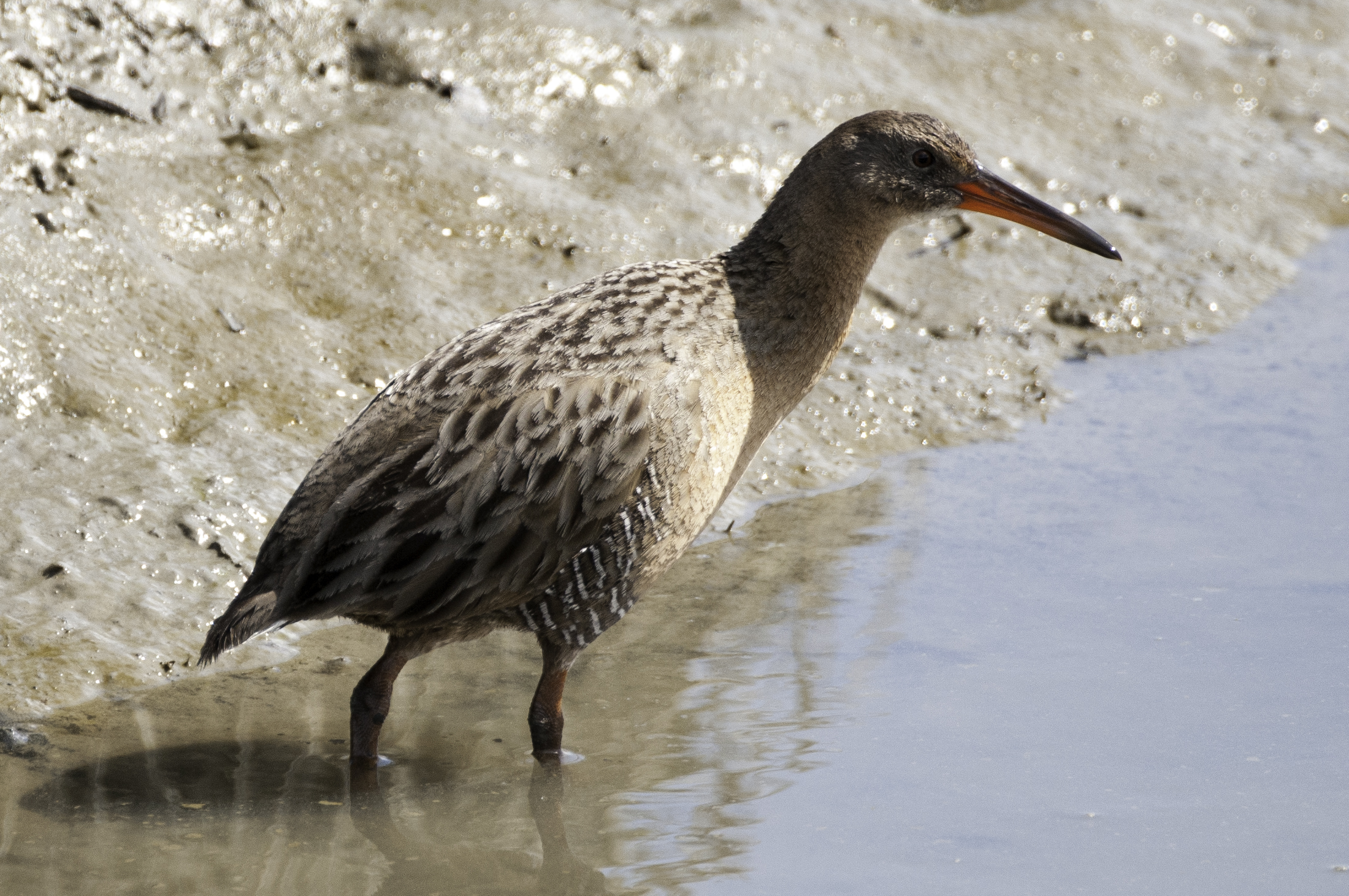Monitoring Results
The Estuary supports habitat for wildlife, including fish, birds, and mammals, many of which are threatened and/or culturally important species. These animals depend on the unique and varied habitats that exist throughout the estuarine system, including tidal wetlands.
The San Francisco Estuary is one of North America’s most ecologically important estuaries and provides habitat for over 1,000 wildlife species. Some of these fish, birds and mammals are endemic, occurring only in California, or only in the Estuary. Several species that depend on the Estuary are listed as threatened or endangered under state, federal, and/or international laws.
The Estuary’s tidal wetlands provide habitat for many different species. They support migratory and overwintering shorebirds and waterfowl every year. They also provide habitat for resident and migratory shorebirds and waterfowl, fish, and tidal marsh specialists such as the endangered salt marsh harvest mouse (Reithrodontomys raviventris).
Challenge & Response
The Estuary contains tidal wetlands of national and global significance for wildlife. It is also home to over seven million people, and the ways people use the baylands can impact wildlife, such as converting wetlands to urban or agricultural uses. Tidal habitats also can be degraded by segmenting them with roadways or restricting water flows. Significant investment and effort have been made to restore tidal wetland habitat — over 20,000 acres to date. Habitat restoration can affect wildlife differently — some have adapted to non-natural habitat types, so restoring tidal marsh could result in habitat loss for some species. When monitoring wildlife at a single wetland, the number of animals may change, but it is important to know whether it is happening only at that one site or across the entire Estuary. Understanding what is happening to wildlife populations across the entire Estuary can help determine which management actions may result in the best benefit to species.
Science Framework
Monitoring fish and wildlife is an important component of the WRMP Science Framework, to understand the influence of wetland status and restoration on animal populations.
- Are changes in tidal marsh ecosystems impacting water quality?, How are habitats for assemblages of resident species of fish and wildlife in tidal marsh ecosystems changing over time?, How are the distribution and abundance of key resident species of fish and wildlife of tidal marsh ecosystems changing over time?, What monitoring data and/or analyses are needed to improve the relationships between tidal marsh restoration, fish and wildlife support, mosquito and vector control, and public access?
Key Metrics & Figures
The WRMP has developed metrics to track how wetland restoration projects are influencing the Estuary’s fish, birds, mammals, and other animals. Important things to track include where the animals are (presence/absence), how many of them there are (abundance/density), and how many different types there are.
Looking for local data and information?
Metrics describe how the WRMP conducts science to better understand and monitor the Estuary’s tidal wetlands, like water quality, fish habitat, wetland condition, and benefits to humans. Explore all the WRMP’s metrics, which aim to guide wetland management and restoration.
How We Monitor
The WRMP Technical Advisory Committee and Workgroups, composed of technical science and regulatory experts, develop Standard Operating Procedures that describe the WRMP suggested monitoring methods.
1
- Monitor fish populations to guide management and restoration of tidal wetland habitats.
- Understand how the distribution, abundance, and habitats of resident species of tidal wetland fish are changing over time.
- Describe how fish communities change in relation to gradients in water quality.
2
- Distribution and abundance of fish communities in shallow wetlands across the Estuary.
- Characterizations of macroinvertebrate communities.
- Characterization of spatial and temporal patterns in water quality (temperature, oxygen, salinity, turbidity).
3
- Over 100 locations throughout the Estuary.
- Comparable locations to other regional fish surveys, enabling integration and comparison with historical datasets and data collected by other regional programs.
The Estuary provides habitat to 130 fish species through many life stages. These include fish species who live in the Estuary year round, who use it for spawning and nursery habitat, or as a critical migratory pathway. Monitoring fish populations provides important information on ecosystem health that can be used to guide the regulation, management, and restoration of wetland habitats. The WRMP conducts fish and fish habitat (FFH) monitoring with UC Davis to provide the first region-wide characterizations of fish communities in shallow wetlands across the Estuary. Surveys also characterize water quality and fish prey (e.g., invertebrates). The first WRMP FFH surveys began in April 2025, with replicate surveys scheduled on a quarterly basis across several WRMP Priority and Secondary Site Networks. These surveys require a range of skills, including certified boat operators, trained fisheries scientists, and familiarity with working in tidal wetlands. The WRMP surveys are designed to be comparable to other regional fish surveys, enabling integration and comparison with data collected by other programs and historical datasets.
Nearly 500 bird species have been documented using the Estuary. The Estuary is a critical stopping point along the Pacific Flyway, a major north-south flyway for migratory birds. The Estuary is a Site of Hemispheric Importance for migratory shorebirds because over one million waterbirds use the Estuary every year, it is an area of continental significance for waterfowl, and it is the winter home for 50% of the diving ducks in the Pacific Flyway. The Estuary also provides habitat for resident species, including some endemic species, those that only occur in this region. Birds are indicators of the condition of ecosystems, which is why monitoring bird populations is important for management and conservation.
The WRMP formed a Bird Workgroup in 2024 to develop a bird monitoring program. This is the first step in deciding how to monitor birds at site and regional scales and how to align with existing methods and those novel to the WRMP. The Bird Workgroup comprises bird experts who work in science, conservation, and regulatory organizations. They all specialize in the species of the Estuary.
